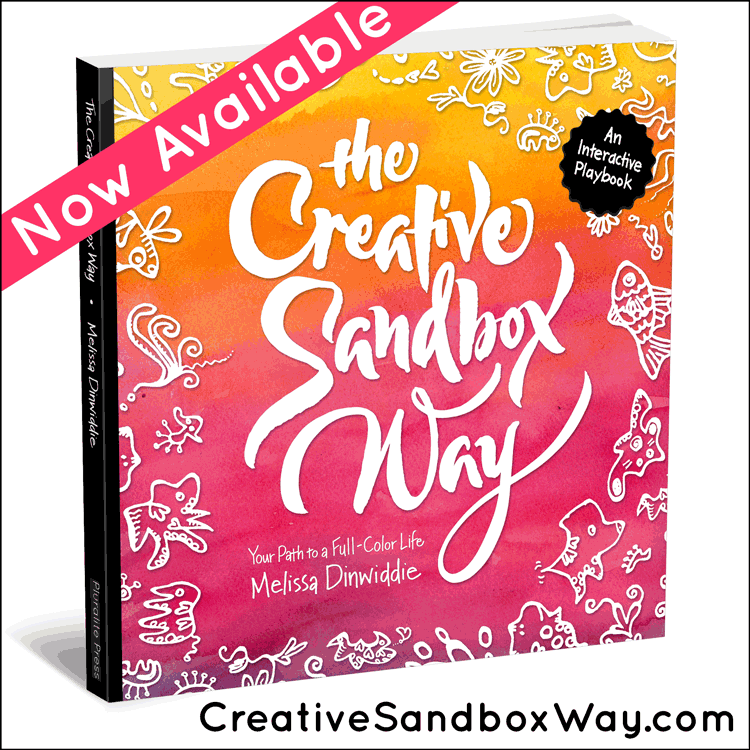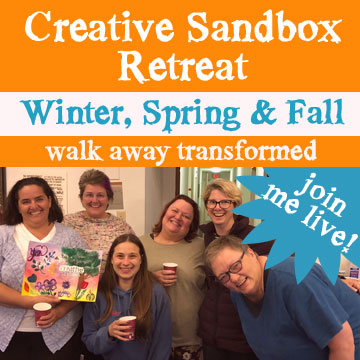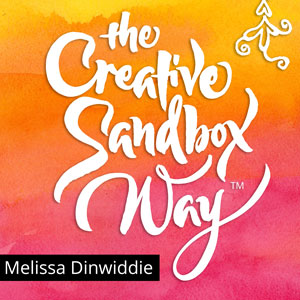Click to watch (12:46) or scroll down to read
Hey there, innovation champions!
What do art supplies have to do with tech leadership? A lot more than you might think.
Picture this: A professional calligrapher, hunched over the latest issue of Letter Arts Review, tears streaming down her face because she’s convinced her work will never be “good enough.”
That was me, almost 30 years ago.
Now, if all you knew was that I made my living as a professional artist and calligrapher for fifteen years, you might assume I was brimming with creative confidence.
The reality? I was caught in what I now call the Comparison Trap, measuring myself against impossibly high standards and feeling like I was constantly falling short.
Sound familiar? Maybe you’ve felt that way in your leadership journey. Or maybe you’re thinking, “That’s exactly why I stay away from creative pursuits – I’m not artistic!”
But here’s where it gets interesting: The very practice that triggered my insecurities ended up teaching me some of the most valuable leadership lessons I’ve ever learned. And science backs this up.
In 2016, researchers at Drexel University made a fascinating discovery: engaging in artistic pursuits, regardless of skill level, can reduce cortisol levels – our body’s primary stress hormone.
Let that sink in.
You don’t have to be “good” at art to reap the benefits. You just have to engage in the process.
And it gets better.
A 2017 study published in The Arts in Psychotherapy revealed that any form of visual expression activates our brain’s reward pathway. In other words, creating art literally makes us feel good.
But here’s the real gold for leaders: The practice of engaging in art, when done mindfully, naturally cultivates two essential leadership qualities – a growth mindset and resilience.
Think about it. Every time you put pen to paper, brush to canvas, or try any new creative endeavor, you’re embracing the possibility of failure. You’re saying, “I might not be good at this yet, but I’m willing to try.”
That’s a growth mindset in action.
Now, as someone who spent years practicing calligraphy – an incredibly meticulous, detail-oriented art form – I’ll be the first to say that not all creative practices are equally forgiving. If you’re just starting to explore the connection between creativity and leadership, you might want to start with something more forgiving, like free-form sketching or improv.
But here’s what’s universal: The practice of showing up, day after day, to engage with your creativity builds more than just artistic skills. It builds resilience.
It strengthens your ability to face challenges with curiosity instead of fear. And in today’s rapidly changing tech landscape, that’s a superpower.
Putting it Into Action
So how do we translate these art room insights into practical leadership tools? Let me share a simple but powerful practice that has transformed both my approach to creativity and leadership.
I call it the “15-Minute Creative Sandbox.” Here’s how it works:
Choose a creative practice that intrigues you. Maybe it’s sketching, maybe it’s playing with clay, maybe it’s just doodling with colored markers.
The key is to pick something that feels inviting rather than intimidating.
Commit to spending just 15 minutes a day (or even 5 minutes – any amount counts!) engaging with this practice for one week.
That’s it.
No pressure to create masterpieces. No expectation of becoming the next Picasso.
But here’s the crucial part, and this is where the leadership lesson really comes in: Focus on the process, not the product.
In fact, this is so important it’s Guidepost #2 of my book, The Creative Sandbox Way™: “Think process, not product.”
During your daily practice, notice:
– How does it feel to give yourself permission to create without judgment?
– What happens to your stress levels when you’re fully absorbed in the process?
– How does your relationship with the practice change day to day?
– What impact does this creative time have on your interactions with your team?
You might be thinking, “But Melissa, I barely have time for all my meetings – how can I justify spending time on art?”
Remember those Drexel University findings about stress reduction? In our high-pressure tech world, taking 15 minutes to engage in a creative practice isn’t just self-indulgence – it’s strategic leadership development.
When you strengthen your ability to embrace imperfection in your creative practice, you’re also building your capacity to:
– Navigate uncertainty with greater ease
– Approach problems with fresh perspectives
– Model growth mindset for your team
– Build resilience in the face of setbacks
Think of it this way: Just as athletes don’t build strength by only showing up on game day, leaders don’t build resilience by only facing real challenges. Your creative practice becomes your training ground, preparing you to lead with greater flexibility and innovation.
So here’s my challenge to you this week: Start your own 15-Minute Creative Sandbox practice.
It might feel uncomfortable at first. You might hear those familiar voices saying “I’m not creative” or “This is a waste of time.”
That’s normal.
In fact, those reactions are exactly why this practice is so valuable – they’re showing you where your growth edges are as a leader.
Remember: The goal isn’t to create masterpieces. The goal is to strengthen your leadership muscles through creative exploration.
Think of it as your personal leadership laboratory, where:
– Every “mistake” is actually an experiment
– Every moment of doubt is an opportunity to practice resilience
– Every creative session is building your capacity for innovation
And here’s a bonus tip: Pay attention to how this practice affects your approach to leadership challenges. You might be surprised to find yourself:
– Responding to setbacks with more curiosity and less frustration
– Approaching problems with fresh perspectives
– Leading with more authenticity and less fear of judgment
After all, if you can embrace imperfection in your creative practice, imagine how that could transform your leadership style.
Stay curious, stay playful, and keep creating the impossible!
I’d love to hear from you. What creative practice are you going to try this week? And how do you think it might impact your leadership? Click here and share your thoughts!
Ready to dive deeper into transforming your leadership through creative practices? Book a complimentary Innovation Strategy Session with me, and let’s explore how we can help you and your team Create the Impossible™.
Remember: Your next leadership breakthrough might be just a sketchbook away. 🎨





Leave a Reply